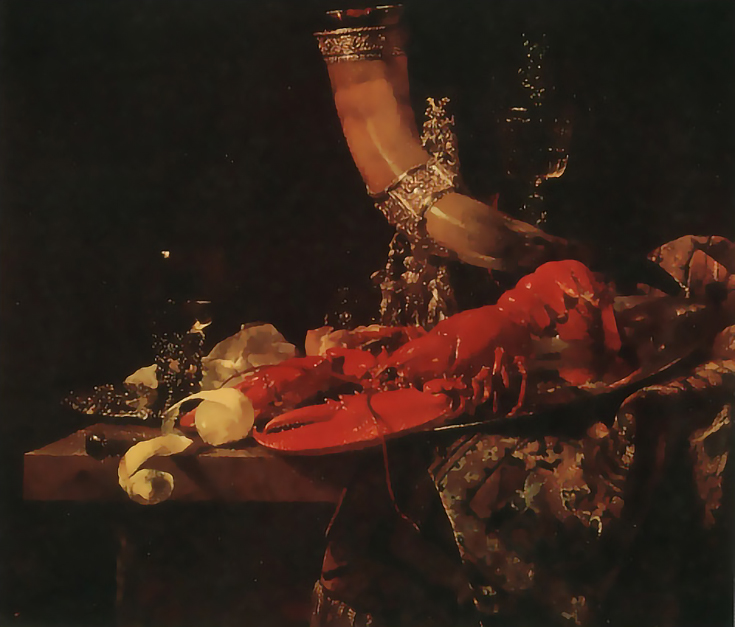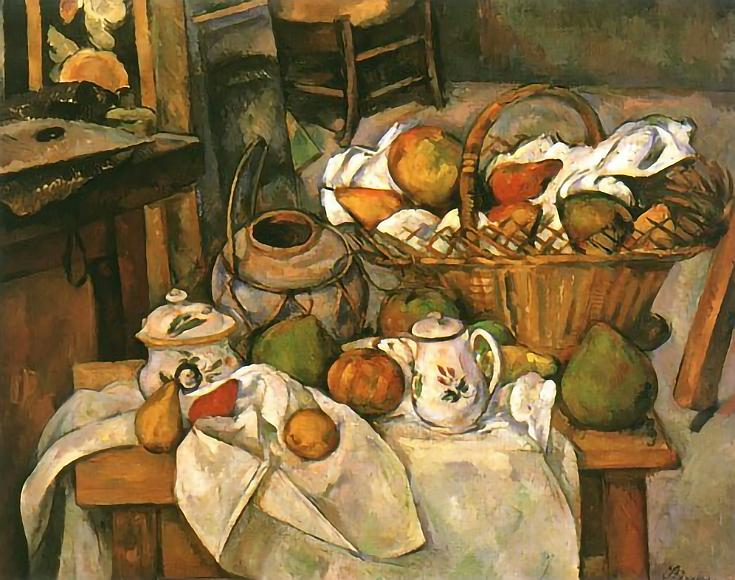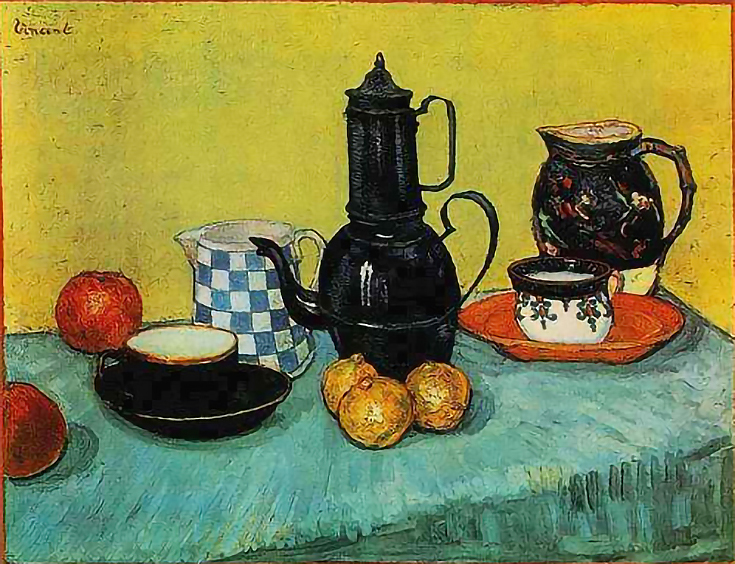Whenever you come across still life paintings depicting things like bread, fruits and vegetables, you’re actually seeing the results of a long tradition of food in art.
Historical studies show that the Greeks and Romans prided themselves in the realistic depiction of food in artworks. A glass bowl of fruit was commonly included in Roman paintings to boast of the delicacies that the rich citizens of Rome enjoyed, and of the generous hospitality they had to offer.
Even farther back, archaeologists have found drawings of food on the walls of Egyptian pyramids. In ancient Egyptian culture it was believed that those drawings, through magical properties, would nourish those gone on to the after life.
Things haven’t changed much since then. . . today you will find depictions of food on the walls of restaurants, people’s homes and in hotels. We don’t necessarily believe that they nourish us like the Egyptians did but we do clearly find something very appealing, comforting almost, by having paintings of food.
Still life art during the Renaissance
During the Renaissance period, still life objects (often including food) were subtly incorporated into paintings with religious themes. Realism and meticulous detail were prized, and in the late 15th century as interest in strictly religious paintings waned, everyday objects such as vases of flowers became popular by themselves.
In the 16th and 17th centuries there was increased interest in scientific examination, and as a result, inanimate objects were studied and depicted by artists in their most realistic form.
At the forefront of the food-painting movement were the Dutch realists whose impressive kitchen and market paintings featured various displays of food fare on counters and tables.
The painting above, by Willem Kalf (1619-1693), is one of many paintings made in that time period depicting lavish banquets for wealthy patrons.
Modern still life paintings with food
French artist Paul Cezanne (1839-1906) is renowned for his numerous paintings of fruit. He enthusiastically adopted the still life genre, and his still life illustrations are viewed as a mixture of both traditional and modern—traditional because the fruits and vegetables are easy to identify, but modern because they are meant to be decorative items, not exact representations.
Cezanne’s work entitled Still Life with Fruit Basket is a good example of a stylized representation of food in art.
This magnificent tableau consists of a small wooden table draped in white cloth which supports a basket containing several apples and pears. One of the most notable modern elements in this painting is that the fruit basket appears sit both on the table AND on the floor behind it.
Impressionist painter Vincent Van Gogh (1853-1890) added his own particular style to the genre of still life paintings. His series of sunflower paintings are well-known, but he also produced many paintings that included food, such as this one below.
Other famous food paintings by Van Gogh were Still Life with Quinces and Lemons and Still Life with Carafe and Lemons.
Contemporary still life food paintings
For many artists, the reason for painting such ordinary objects like bread or fruit is simply to demonstrate their compositional skill, lighting techniques, or to show how well they can make these items come to life on canvas.
In the past century, artists have taken to depicting more contemporary food, too. For instance, pop artist Andy Warhol criticized or emphasized social issues by painting ordinary soup cans—and the painting below by Ralph Goings, entitled A-1 Sauce, is simply a collection of condiments on a table, illuminated by light from a window.
Not a traditional romantic image, certainly, but the hues, shapes and composition all work together to create an undeniable mood that captures the viewer’s attention.
Whether created to express bountiful harvests, to boast the artist’s talent, or to communicate an opinion, food in art is still very prevalent today. . . and no doubt it will remain so as long as both art and food exist in the world.
Donovan Gauvreau is an art historian and art therapy speaker. You can read more of his articles at www.AaronArtPrints.org.
This post may contain affiliate links.




